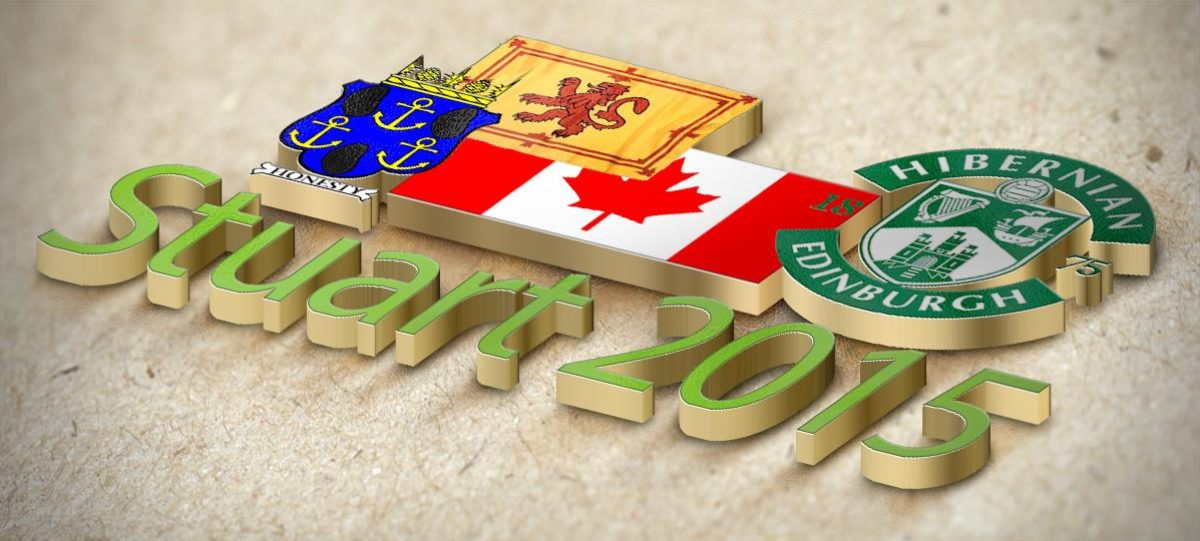The village of Harby lies nine miles north of Melton Mowbray in the heart of The Vale of Belvoir. With a population approaching a thousand, the village still retains a sleepy atmosphere in its position adjacent the Grantham Canal.
Harby, first recorded in the Domesday Book of 1085 under the name of Herdebi has a long history reaching back to the Viking era when it was known as the ‘village of Hjorti’.
Like many places in this part of the world many different people’s strode through Harby’s past. It is said that a Celtic tribe known as Coritini travelled from Lincoln through the area. Dressed in brightly coloured cloth which would have resembled the tartans of Scottish clans, they spoke in a tongue which sounded like Gaelic.
Gaelic was to be superseded by the sound of Latin when the appearance of soldiers of the Roman Empire came to the area. Research indicates that Harby would have been a series of single story building at this time, though the street layout would have been much the same it is to this day.
Passing through the Saxon era, one of some desolation in the village by many accounts, the Vikings brought new prosperity and a formal village with their new buildings and well prepared fields. The Danish in-comers settled in the area which they called ‘Heorde’, ‘the village of the heardsmen’.
Other notable happenings in the area include the building of the Grantham canal and latterly the railway. Nearby Langar air base saw many servicemen arriving in the area during WWII. The latter saw the top being removed from Harby Tower Mill, the local windmill being removed due to safety issues with low flying aircraft. Harby at this time became the home of many Royal Canadian Air Force servicemen and their families.
Within the self-contained village is the historic church of St. Mary’s which dominates the view at the approach from Langar. The village boasts two pubs, The Nags Head and The White Hart which face each other from either side of Main Street.

The Nags Head, Harby
The Nags Head, partly dating back to the 14th century, has an intriguing history and is indeed one of the oldest public houses in the country. However it was not always a pub but rather served as accommodation fo the local monks. It is recorded that the monks would keep their animals in the downstairs area of what became the popular drinking place.
The White Hart, Harby
Businesses such as the Nags Head at Harby must look forward indeed to the prospect of the nearby Grantham Canal being dredged and navigable once more with its resultant increased business from potential leisure boating traffic. Certainly villages such as Harby might well see renewed trade and interest.
Other businesses in Harby include a garage, two stores, one of which is a post office and two dairies. The local dairy’s produce is used in the production of the areas famous Stilton cheeses in neighbouring villages. There is a certain aroma in the air from the production of those cheeses it was noted at the time of visiting!

very interesting website my late father Raymond Howitt is originally from harby. I have had many happy visits to Harby as a youngster.His sister Annie lived there all her life
Welcome and thanks for the kind words, Dave.
I really think Harby is a charming place, loved it. When I’m walking that way on the Grantham Canal the next time I’ll be sure and drop off there again.
Stu
I am surprised that there is no mention above of the death in Harby of Eleanor of Castile (1241 – 28 November 1290) was the first queen consort of Edward I of England.
See here – http://en.wikipedia.org/wiki/Eleanor_of_Castile – for more details.
A long distance walk has just been inaugurated to follow the route of the procession of Eleanor’s body from Harby to London. Each stopping place on the journey has/had a cross erected in her memory.
Thank you for the information, Fenlander. Very interesting.
Wrong Harby, i’m afraid. She died at Harby in Nottinghamshire.